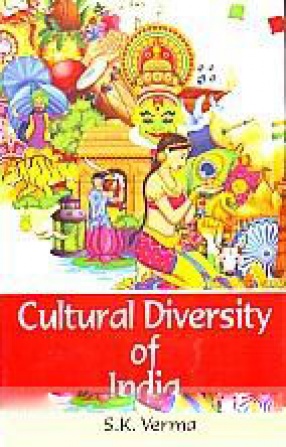
S.K. Verma

Showing all 19 books




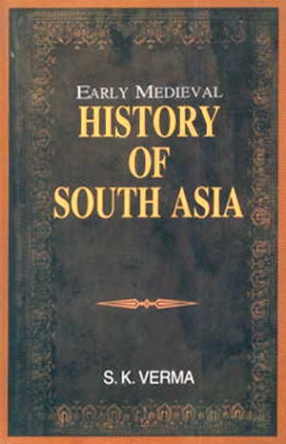


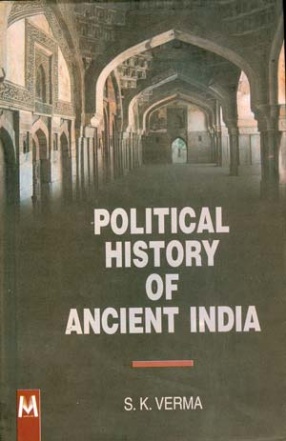





Land degradation is a concept in which the value of bio-physical environment is adversely affected. Land is the basic natural resource that provides habitat and sustenance for living organisms, as well as being a major focus of economic activities. Degradation of land refers to loss of its potential production capability as a result of degradation of soil quality and also its loss for effective use. The functional capabilities of soil deteriorate from activities ...

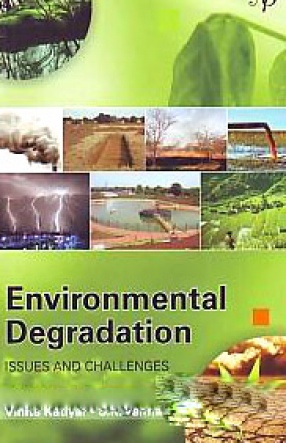
Environmental degradation has been the main issue of global agenda in recent time. Rapid growing population and poverty are the main cause of environmental decay. Certain economic activities for economic development are also responsible for environmental degradation and ecological imbalance. Due to continuous economic development depletion of natural resources is bringing deterioration in environment day by day. Environmental degradation not only reduces the ...



The history of India begins with evidence of human activity of Homo sapiens as long as 75, 000 years ago or with earlier hominids including Homo erectus from about 500 000 years ago. The Indus Valley Civilization which spread and flourished in the northwestern part of the Indian subcontinent from c. 3300 to 1300 BCE was the first major civilization in India. A sophisticated and technologically advanced urban culture developed in the Mature Harappan period from ...
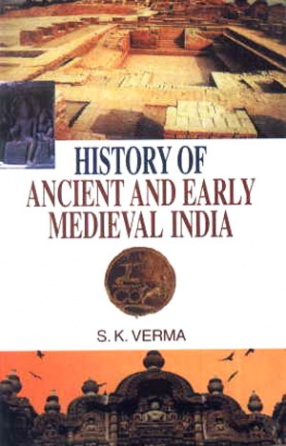
It history causes dreams it makes nations drunk it saddles them with false memories it exaggerates their reflexes it keeps their old sores running it torments them when they are at rest and it induces in them megalomania and their mania of persecution. It makes them bitter arrogant unbearable and full of vanity. One will finding history all of this prejudice conceit false memories exaggerations absurdities arrogance vanity when one reads what European historians ...

Although a great deal of Indian secular art was produced, it was essentially made of perishable material and has not survived. What has survived in the medium of stone is religious art. In both Buddhist and Hindu art, symbolism in gesture, posture, and positions signify religious states, such as the enlightenment, meditation, and preaching. In Hindu sculpture, deities (see Vishnu Vishnu, one of the greatest gods of Hinduism, also called Narayana. First mentioned ...



This book have deep bearing and historic significance in the annals in Indian civilization, epics and the successive expansion of Hinduism, Buddhism, Jainism, Mauryan and Gupta empires, emergence of Kushans and the Rajputs. The later however, remained in power for a few centuries in some regions of North India and the brave Rajputs like Rana Sangha and Maharana pratap played their most significant role against the Mughal Emperors. All facts having bearing on ...


Management of forests sustainably is a global challenge. With the gradual rise in population, forest cover and natural resources have been depleting. Over exploitation of timber alarmed the forest managers and policy makers and compelled them to ban or restrict timber harvesting. To make up the revenue loss from timber, Non-Timber Forest Products (NTFP) have been globally considered as an alternative source of earnings from the forests. But due to over ...

This book is the outcome of the first ever endeavour on the conservation of wetlands of Rajasthan taking into account various issues and challenges. Wetlands are not only useful for conservation of aquatic biodiversity but they are equally beneficial to fishery, agriculture, industry, tourism etc. The book is divided into three parts and has 13 chapters. Present book entitled "Reviving wetlands" enlightens the readers with a succinct yet concise account ...


Though there is no dearth of books on Buddhist Art and Iconography, yet the present book, which embodies a comprehensive study of Art and Iconography of the Buddha images, is a book with difference. It deals with the factors contributed to the emergence of anthropomoipbic images of the Buddha and their Iconograpbical analysis from its inception to 8th century A.D. with ethico-Historical background. Mathura, Gandhara, Sarnath, Andhra, Kashmir and Eastern schools ...
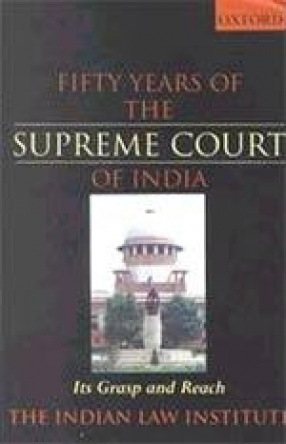
This commemorative volume looks at fifty eventful years of the apex court of justice. It takes stock of the contribution of the Supreme Court of India in shaping the law of the country. The essays comprehensively cover all major areas of law, and thus explore the ramifications of the court’s judgements on the law of the land. They also traverse the history of constitutional development in India. The essays reflect on topics as varied as: social interest ...
